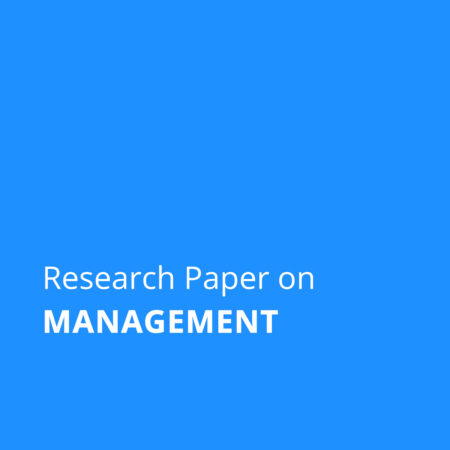Description
Title: An empirical examination of military spending in NATO countries
Abstract: The purpose of this article is to identify potential “follower” behavior, which refers to nations that mimic the average military expenditure of NATO members. The Autoregressive Distributed Lag model has been used to examine the relationship between the military spending of NATO member states and a number of socioeconomic variables, including the average military burden of NATO member states, gross domestic product, government expenditure (non-military), share of trade balance of gross domestic product, and population. The short-term outcomes show follower behavior, particularly in the new NATO member states (effort to uphold the promise to spend 2% of GDP on defense). The long-term findings showed a correlation between military spending and the variable describing the average military burden of NATO member states in both traditional and new NATO member states, which was positive. In the long-term model, the majority of the evaluated countries have also seen a positive correlation between military spending and GDP. Only six member states have had the public good effect and five member states have had the crowding out effect determined. Only two countries have seen a rise in military spending as a result of the trade balance.
Keywords: military expenditures; free-riding; public goods; ARDL models
Paper Quality: SCOPUS / Web of Science Level Research Paper
Subject: Economics
Writer Experience: 20+ Years
Plagiarism Report: Turnitin Plagiarism Report will be less than 10%
Restriction: Only one author may purchase a single paper. The paper will then indicate that it is out of stock.
What will I get after the purchase?
A turnitin plagiarism report of less than 10% in a pdf file and a full research paper in a word document.
In case you have any questions related to this research paper, please feel free to call/ WhatsApp on +919726999915



Reviews
There are no reviews yet.